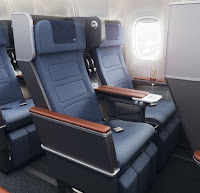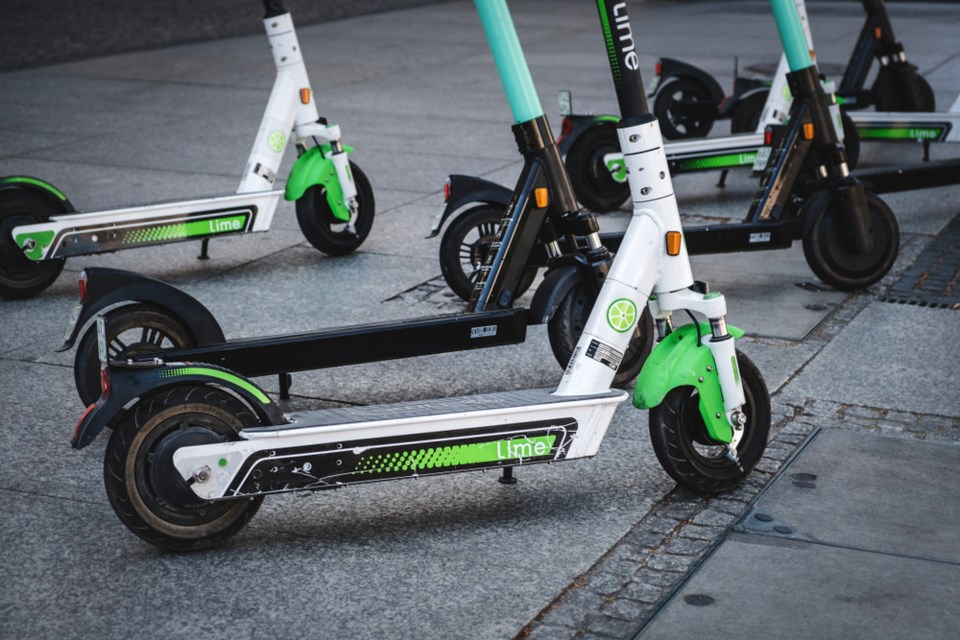Travel and Leisure
Note: the method outlined below doesn't work with all airlines - best to call and check first. I've done this recently with Air Canada and Lufthansa.
 |
| Welcome to Business Class! |
But that said, I'm not a business class kind-of-guy. I mean, I don't drink champagne regularly, and have not yet acquired a taste for caviar. Yet there are some tangible benefits that accompany flying in the comfy seats, but it usually comes with a prohibitive cost. Sure, when I was working, I managed to benefit from either the accumulation of frequent flyer points to use for upgrades, or sometimes, I'd just get bumped up by the gate agent. But now that I'm retired, getting into business class seems to be more expensive than I remember, and my frugal nature prohibits me from pulling the trigger on a $5,6001 return ticket to Europe. But there is a way to get nearer to the front of the aircraft without breaking the bank; I'll outline how I like to do this by buying the upgrade à la carte, and why it makes sense for us.For most of us on the West Coast, getting to Europe is a 10+ hour affair, and then depending on the final destination, it might require another inter-country flight after transiting a hub (we try to limit to one stop). What we've found on our previous European trips, is that the eastbound flight over the Atlantic is the toughest one. Leaving at dinner time, we usually struggle to get to sleep after supper, and manage to get only a couple hours of fitful sleep, and end up arriving in less than top shape.
 |
| Business Class lie-flat seat |
With the advent of lay-flat seats in business class, experienced travellers can actually get in a decent amount of sleep on the trans-Atlantic flight, and land in Europe relatively refreshed. Being in business class for the short, inter-country flight that follows isn't much benefit, as you're not going to go back to sleep for an hour, and you certainly don't benefit from alcohol service at 9 am! Going back home is a little different, as the long haul flight occurs during the waking hours for your timezone-adjusted body, and as such, we don't find the need to sleep on the westbound segment. While I'd still like to fly in the cushy seats going back, it's less of a priority, as we'll be back home in our own bed, re-adjusting to the Pacific timezone. And you don't have the same need to be fresh on arrival like you do when you touch down in Europe in the morning.
Business Class on the eastbound long haul segment
So this is the new way we like to fly to Europe, for the time being. I'll try to upgrade the eastbound, long-haul flight to business class, and don't bother with any changes to the regional hops. For the westbound overseas flight, I will either try to get into Premium Economy, or at least pay for seat selection that gives us more legroom. What I do, is book and pay for a normal set of economy seats, paying attention to the type of aircraft used by the airline on that route. e.g. pick a small regional-style jet, and the business class seats may not be lie-flat. I may even "mock up" a flight on the carrier's website in business class, and make sure there's ample availability by previewing the seat map. Once you've received your confirmation and booking reference code, you can go into the airline's website, and pull up your flight reservation. Somewhere on the page, you'll see options for seat selection and a button for upgrading each flight segment of your itinerary. In my case, the eastbound, long-haul flight could be upgraded to Business Class for $1,080 - which is a relatively good deal. By upgrading à la carte, you are avoiding the full-upgrade cost on all your segments; in this case, business class would have been $4,108 more than economy, or $2,054 each way. I look at it as getting 50% off, with business class travel for 90% of my outbound flight time! I've even done this on a non-stop YVR-ZRH flight (i.e. no regional hop after) and also ended up paying far less than half of the calculated one-way difference. Update: the upgrade may not be available immediately after booking or with certain airlines. On an upcoming Air France flight, I am able to see that plenty of business class seats are available, but an option to book and pay for one does not exist - yet. After calling in, I discovered that the option to purchase is somewhat demand based; i.e. they want to sell the business class package, before offering to others to upgrade. This means I have to keep checking the site to see if seats become available for à la carte purchase. 2nd update: an option to pay for an upgrade on Air France/KLM never came up, even at check-in!
 |
| Upgrading to Business Class gives you premium lounge access |
What about Premium Economy?
While not as deluxe as business class, the premium economy section also has some benefits, like a more spacious and comfortable seat with extended legroom. Take for example, the new Lufthansa 2nd generation premium economy seats shown here (coming soon, I've been told). These look like what business class seats used to be - a wider, more cushy version, with extended pitch. Using the same math, I booked into premium economy for $370 for the westbound long haul segment, versus the difference on that upgrade would have been $1,015 for the full, round-trip booking, so less value, discount percentage-wise. I would probably have been ok back in Coach for the 11-hour overseas flight, but I'm sure I'd have heard, "we can afford orange juice".























